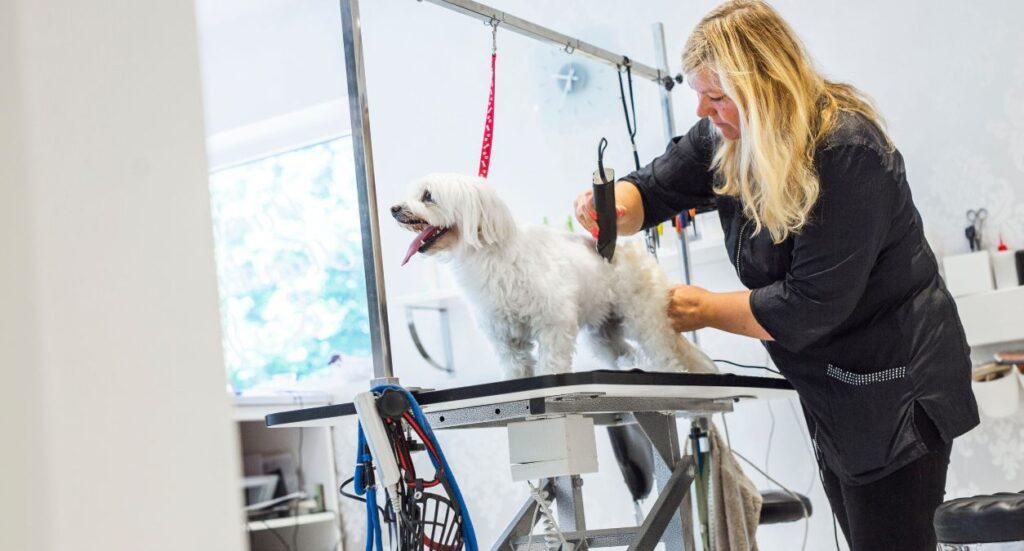Table of contents
You might think that business cards are a bit old-fashioned these days. But even in a world where the Internet and social media dominate the marketing and communication landscape, the business card still has value in reaching prospective customers and getting your enterprise noticed.
Whether you’re just starting a personal training business, or you have an existing business you want to grow, an informative and concise business card can therefore make a real difference. However, it’s very easy to get it wrong, and end up with cards that are messy, unattractive, or are simply trying to do too much.
In this guide, we’ll highlight what to put on a personal trainer business card, what not to put, and what else to consider.
Get Personal Trainer Insurance from Protectivity
*Disclaimer – This blog has been created as general information and should not be taken as advice. Make sure you have the correct level of insurance for your requirements and always review policy documentation. Information is factually accurate at the time of publishing but may have become out of date.
Last updated by

















